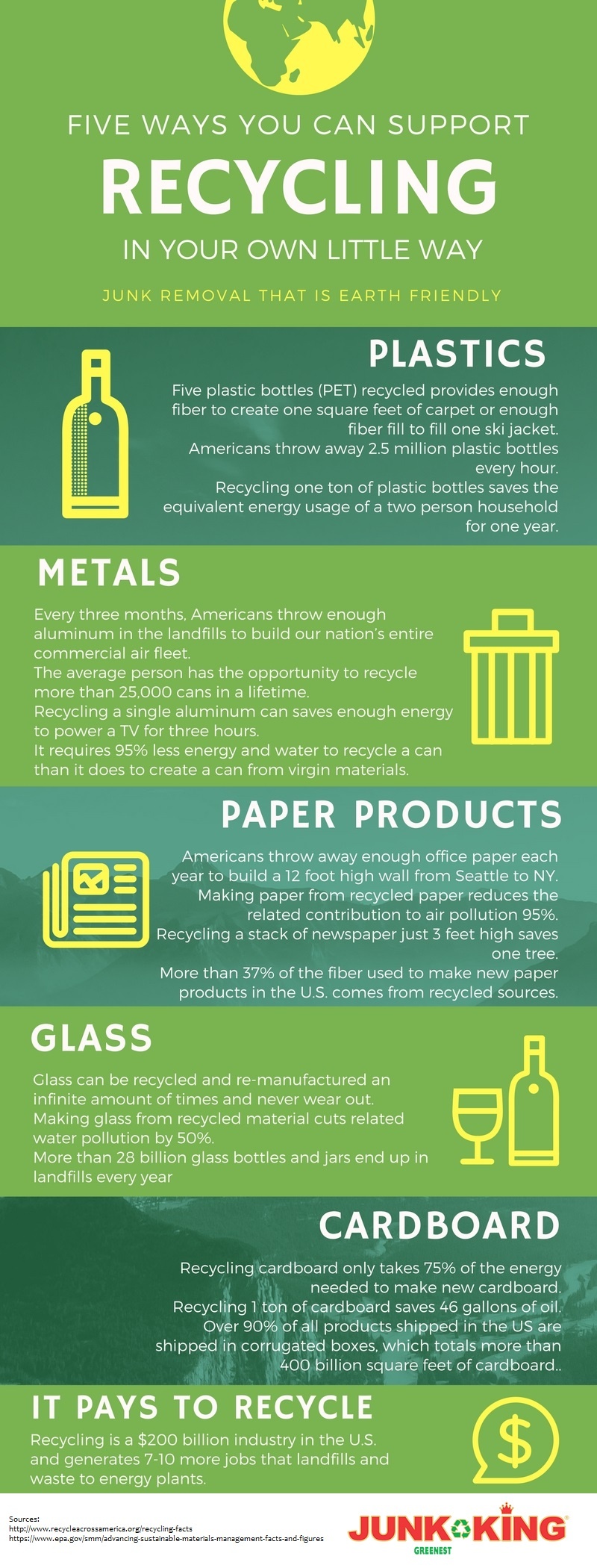The Ultimate Guide To Selecting The Appropriate Dumpster Size For Your Task
The Ultimate Guide To Selecting The Appropriate Dumpster Size For Your Task
Blog Article
Content By-Matthiesen Berger
When starting a task that needs a dumpster, the dimension you choose can greatly impact its efficiency and cost-effectiveness. Think of having the ideal container that fits all your waste without being exceedingly big or as well tiny. All of it beginnings with recognizing the subtleties of your task and picking a dumpster dimension that aligns with your certain requirements. So, before you choose, consider the variables at play to make sure a seamless waste management process from beginning to end.
Aspects to Take into consideration
When selecting the appropriate dumpster size, there are a number of key variables to consider.
Initially, think about the type of waste you'll be throwing away. Various materials may need varying quantities of area, so recognizing what you'll be placing in the dumpster is important.
Next off, examine the amount of waste you expect to create. If you take too lightly the quantity, you might require to make numerous trips to deal with everything, which can be inconvenient and expensive. On the other hand, renting a dumpster that's also large can cause unnecessary expenditures.
In addition, think about the space where the dumpster will be positioned. Make sure there suffices room for the dumpster to be supplied and grabbed without any blockages.
Last but not least, think about any type of weight constraints that might apply. Exceeding the weight restriction can result in added costs or perhaps the refusal of service.
Dumpster Dimension Alternatives
For selecting the best dumpster dimension, it's vital to have a good understanding of the readily available alternatives. Dumpster dimensions usually range from 10 to 40 cubic backyards, with variations in between.
more resources -yard dumpster is suitable for tiny projects like a garage cleanout or a small remodelling. If you're dealing with a medium-sized job such as a cooking area remodel or a cellar cleanout, a 20-yard dumpster could be the best choice.
For bigger tasks like a whole-house renovation or business building, a 30 or 40-yard dumpster could be preferable to accommodate the quantity of waste generated.
When selecting a dumpster dimension, think about the quantity and sort of debris you expect to deal with. It's better to select a slightly larger dimension if you're not sure to stop overfilling. Bear in mind, it's even more cost-efficient to rent out a dumpster that fits your demands instead of needing to get an extra one.
Matching Dimension to Task
Ideally matching the dumpster size to your project is critical for effective waste management. To determine the ideal dimension, take into consideration the extent and nature of your project.
For small household cleanouts or renovations, a 10-yard dumpster might suffice. These are typically 12 feet long and can hold around 4 pickup truck tons of waste.
For larger jobs like renovating several areas or clearing out a huge estate, a 20-yard dumpster might be more suitable. These are around 22 feet long and can hold approximately 8 pickup loads.
If discover this info here or commercial renovation, a 30-yard dumpster could be the most effective fit. These dumpsters have to do with 22 feet long and can suit regarding 12 pickup truck tons of particles.
Matching the dumpster dimension to your project guarantees you have enough room for all waste materials without paying too much for extra capability.
Verdict
In conclusion, selecting the best dumpster size for your task is critical for efficient garbage disposal. By considering variables like the type and quantity of waste, space availability, weight constraints, and budget plan constraints, you can guarantee you have the appropriate dimension dumpster for your requirements. Make sure to match the dimension of the dumpster to the scope and nature of your project to prevent overspending on unneeded expenditures.
